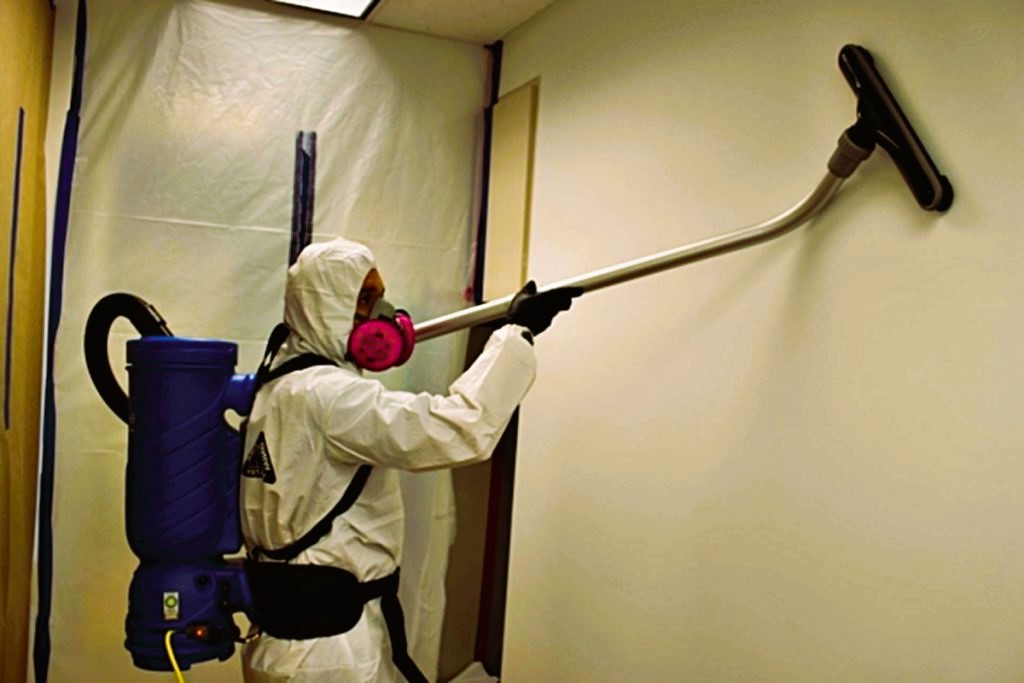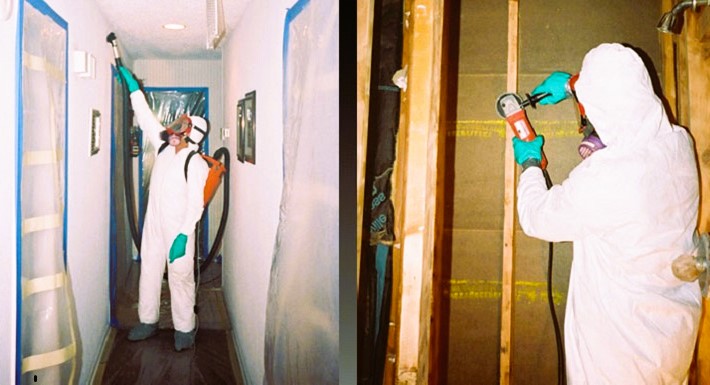Mold remediation is a crucial process in maintaining indoor air quality and preventing health hazards associated with mold exposure. Traditional mold remediation methods often involve the use of harsh chemicals and materials that can have negative impacts on both human health and the environment. In response to growing environmental concerns, there is a shift towards eco-friendly mold remediation approaches. This article explores the importance of sustainable mold remediation, the environmental impact of conventional methods, and strategies for implementing eco-friendly practices.
The Environmental Impact of Conventional Mold Remediation
Conventional mold remediation methods typically involve the use of chemical biocides, fungicides, and other synthetic materials. While these substances are effective in eliminating mold, they can introduce harmful pollutants into the air and water, posing risks to human health and the ecosystem. Moreover, the production, transportation, and disposal of these chemicals contribute to the overall carbon footprint of mold remediation processes.
Key Environmental Concerns with Traditional Mold Remediation:
- Air Pollution: The use of chemical agents in traditional mold remediation can result in the release of volatile organic compounds (VOCs) into the air. VOCs contribute to air pollution and can have adverse effects on respiratory health.
- Water Contamination: Runoff from mold remediation sites containing chemical residues can contaminate water sources, adversely affecting aquatic ecosystems and potentially impacting human water supplies.
- Resource Depletion: The production of synthetic materials and chemicals for conventional mold remediation consumes significant resources, contributing to resource depletion and environmental degradation.
Eco-Friendly Mold Remediation: A Sustainable Alternative
- Green Cleaning Agents: Utilizing eco-friendly and biodegradable cleaning agents is a key aspect of sustainable mold remediation. Plant-based solutions and enzymatic cleaners can effectively eliminate mold without introducing harmful chemicals into the environment.
- Natural Antimicrobial Agents: Essential oils with antimicrobial properties, such as tea tree oil and grapefruit seed extract, can be used as alternatives to synthetic fungicides. These natural substances offer effective mold control without the environmental drawbacks of traditional chemicals.
- Non-Toxic Sealants: Instead of traditional sealants containing harsh chemicals, consider using non-toxic sealants made from natural ingredients. These sealants can prevent the recurrence of mold growth without compromising indoor air quality. Did you like the article? Also check out black mold.
- Biodegradable Materials: In cases where material removal is necessary, opt for biodegradable and sustainable materials. This minimizes the environmental impact of disposal and contributes to a more circular and eco-friendly approach.
- Preventive Measures: Emphasize preventive measures to reduce the likelihood of mold growth. Proper ventilation, moisture control, and regular inspections can help create an environment less conducive to mold development, reducing the need for remediation.
Benefits of Eco-Friendly Mold Remediation:

- Healthier Indoor Air Quality: Eco-friendly mold remediation methods prioritize the use of non-toxic substances, contributing to healthier indoor air quality and reducing the risk of respiratory issues associated with chemical exposure.
- Reduced Environmental Impact: Sustainable approaches minimize the release of harmful pollutants into the air and water, leading to a reduced overall environmental impact. This aligns with global efforts to mitigate climate change and protect ecosystems.
- Long-Term Effectiveness: Eco-friendly mold remediation focuses on addressing the root causes of mold growth, leading to more sustainable and long-term solutions. This approach minimizes the need for repeated remediation efforts.
For comprehensive information on eco-friendly practices and standards in mold remediation, refer to reputable sources such as Canada.ca for specific regional standards and recommendations.
Eco-friendly mold remediation is not only a responsible choice for environmental sustainability but also a strategy that prioritizes human health. By embracing green cleaning agents, natural antimicrobial solutions, and biodegradable materials, we can effectively address mold issues without compromising the well-being of occupants or the ecosystem. Adhering to eco-friendly standards not only supports a healthier living environment but also contributes to a more sustainable and resilient future. As we continue to evolve our approaches to mold remediation, incorporating eco-friendly practices should be a priority for the well-being of both people and the planet.


